How to Grow Blueberries Hydroponically
Growing blueberries hydroponically is an innovative and environmentally friendly method that makes it possible to grow fresh blueberries right at home and start your indoor hydroponic garden journey. Not only does this method save space, but it can be done year-round, regardless of the outdoor climate. Before we get started, we need to understand the basics of hydroponic growing, which is a method of growing without the use of soil, instead providing the plants with the nutrients they need through a nutrient solution. The key to growing blueberries hydroponically is to control environmental factors such as light, temperature, water quality, and nutrition to ensure healthy plant growth.
Hydroponic Growing Blueberries Material List
Before we start hydroponically growing blueberries, we need to prepare the following materials:
- Hydroponic Container: choose a hydroponic container that fits the size of your space.
- Water and air pumps: to maintain water circulation and oxygen supply.
- Hydroponic Nutrient Solution: a hydroponic nutrient solution designed for fruit plants.
- pH Tester: for monitoring the pH level of the nutrient solution.
- Blueberry seeds or seedlings: Different blueberry varieties are available.
- Growing medium: such as rock wool or coco coir for supporting plant roots.
- Lighting equipment: such as LED grow lights to simulate natural lighting conditions.
- Thermometers and hygrometers: to monitor the temperature and humidity of the growing environment.
- Scissors and gloves: for plant pruning and maintenance.
How to set up an indoor hydroponic growing system?
Once you understand the principles of hydroponics and hydroponic growing, you can start building an indoor hydroponic growing system.
Here's a list of tools:
- Plastic containers or reservoirs
- Mesh pots
- Growing medium
- Nutrient solution
- pH test kit
- Conductivity (EC) meter
- Air Pumps and Air Stones
- Water Pumps
- Timers
- Plant growth lights
- Grids or support systems
- Thermometers and hygrometers
However, preparing all of these can be challenging for beginners, and you'll also need to gain expertise. Luckily, there are many hydroponics growing systems available that make it easier for you to start your indoor hydroponic garden.
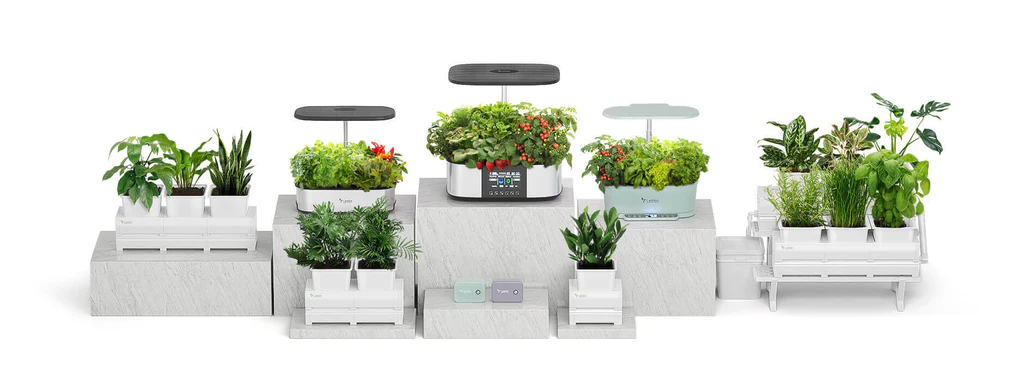
If you're interested, try LetPot indoor hydroponic systems, which feature innovative automatic watering and nutrient functions and integration with an app. With these features, you can effortlessly begin hydroponic cultivation, even if you're a novice gardener.
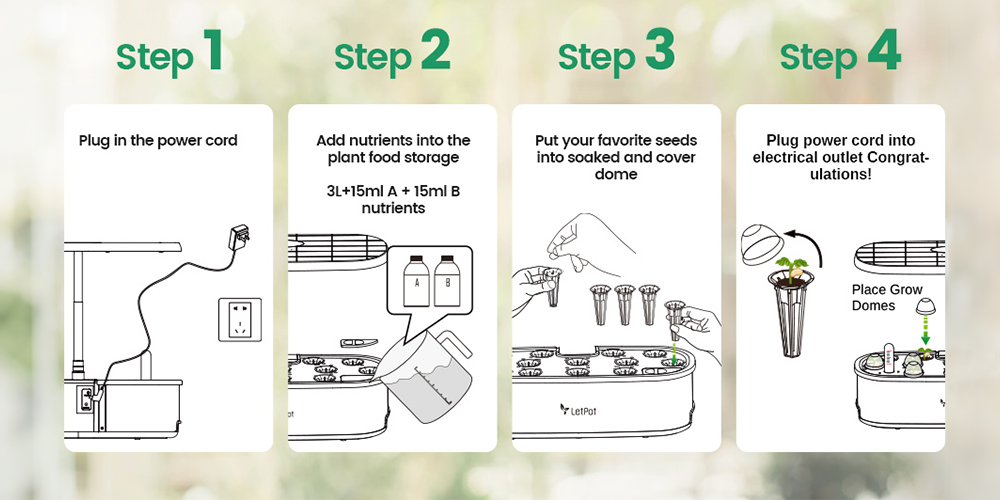
Learn about LetPot® and customer stories:
- Growing Cherry Tomatoes Indoors: A Personal Tale of Juicy Rewards
- Enjoy Growing Cherry Tomatoes At Home - LetPot Indoor Hydroponic System
A step-by-step guide to growing blueberries hydroponically
Selecting Blueberry Variety Seeds
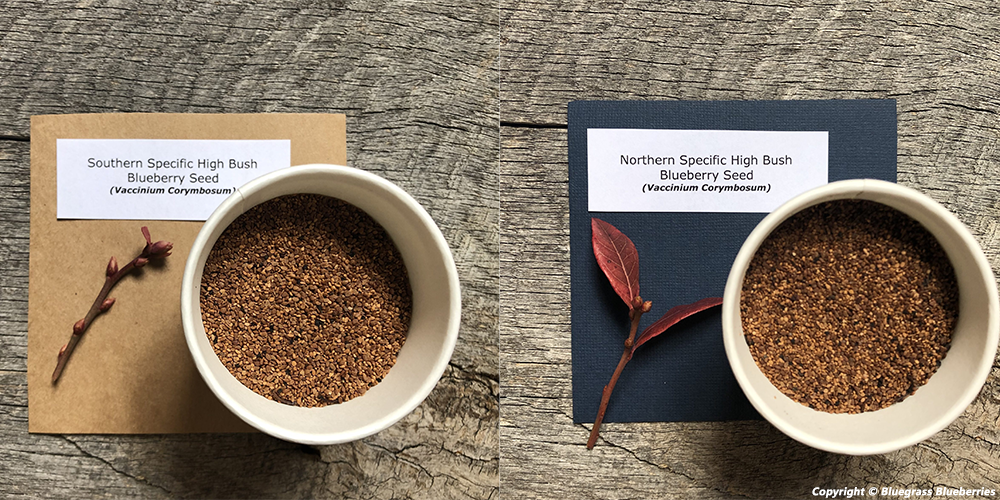
Before growing blueberries hydroponically, choosing the right variety is crucial. There are numerous blueberry varieties, and different varieties are adapted to different climatic conditions and growth cycles. For indoor hydroponics, it is more appropriate to choose dwarf or semi-dwarf varieties as they are better suited to limited space and controlled environments. Popular choices include varieties such as 'Top Hat' and 'Sunshine Blue', which are adaptable and easy to manage.
Growing medium for blueberries
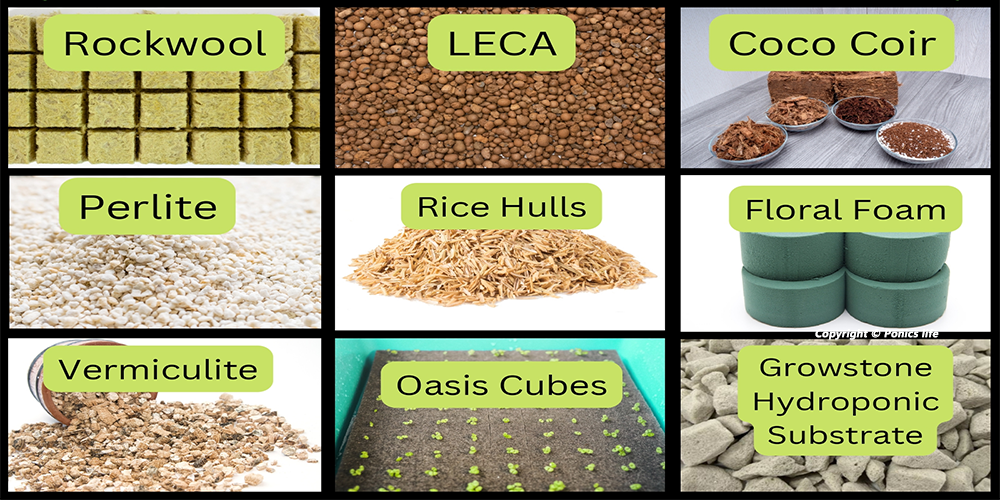
Choosing the right growing medium is critical to healthy blueberry growth. The growing medium provides the support and oxygen that the roots need. Common growing media for hydroponic blueberries include rock wool, coir, and perlite. These mediums are lightweight, breathable, and water-retentive, making them ideal for blueberry root development.
Water quality and pH for blueberries
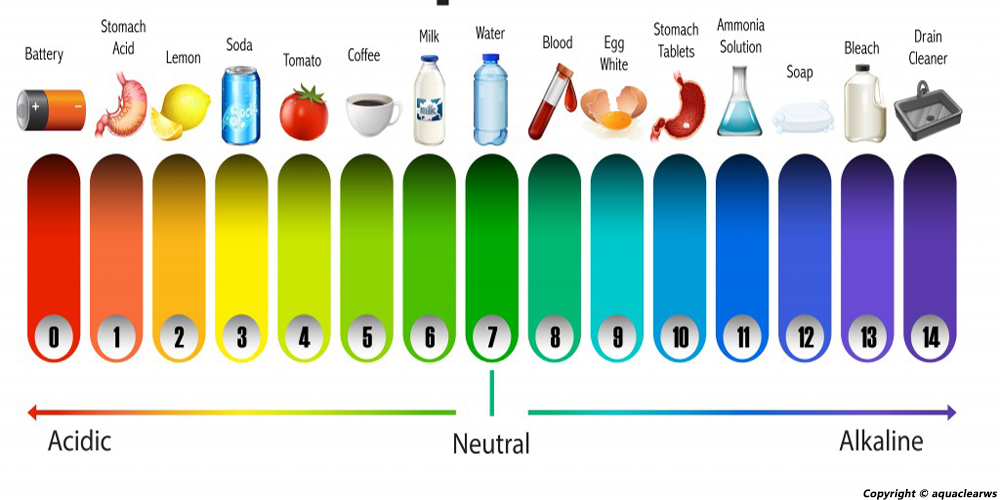
Water quality and pH are critical for blueberry growth. Blueberries prefer an acidic environment and the ideal pH range is between 4.5 and 6.0. Use a pH tester to regularly check the pH of your nutrient solution and adjust it appropriately. If the pH is too high, add a small amount of an acidic substance such as citric acid to lower the pH.
The nutrient solution for blueberries
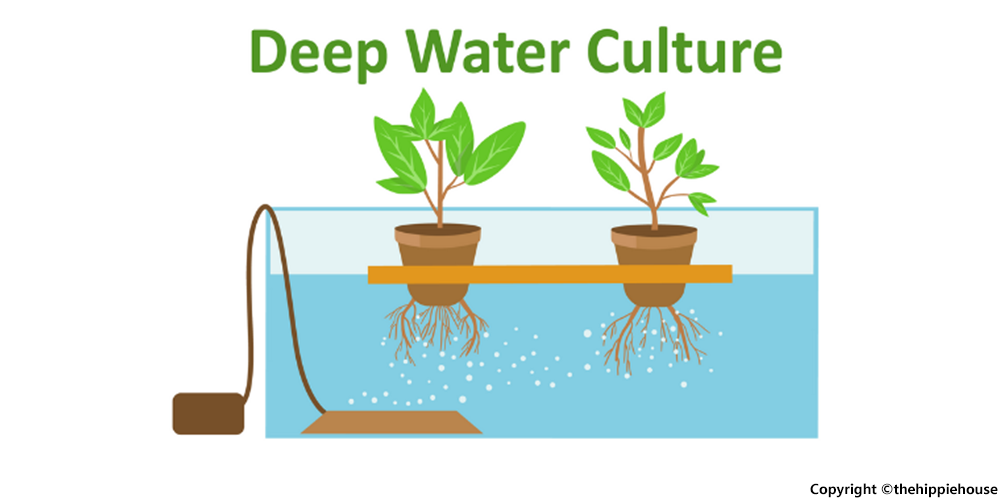
Blueberries require rich nutrients to support their growth and fruit formation. Choose hydroponic nutrient solutions designed for fruiting plants, which usually contain all the essential macro and micronutrients. Ensure that you dilute the nutrient solution at the manufacturer's recommended rate and change it regularly to maintain the nutritional balance.
Lighting for Blueberries
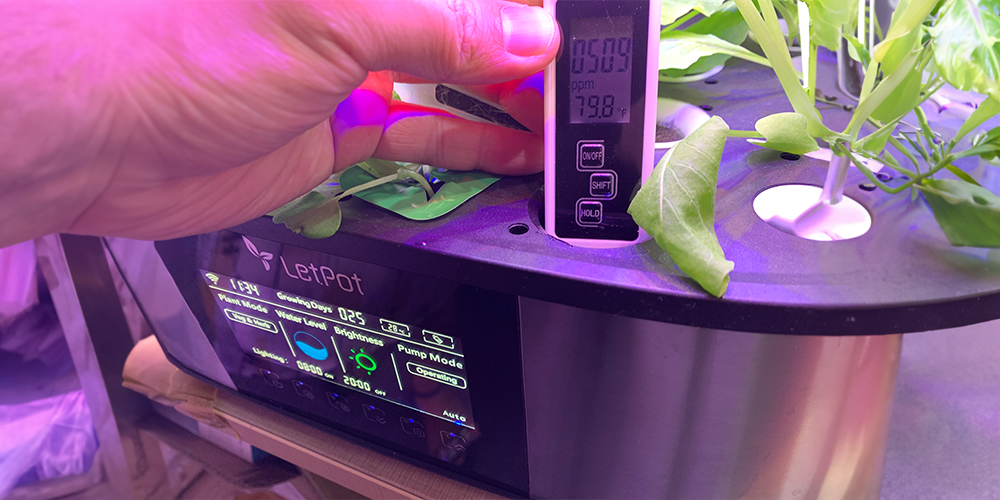
Blueberry plants require adequate light for photosynthesis and growth. Using LED grow lights to mimic natural light is an effective way to do this in an indoor environment. The ideal lighting schedule is 12 to 16 hours per day to ensure that the plants receive an even amount of light.
Blueberry Electrical Conductivity (EC) Values
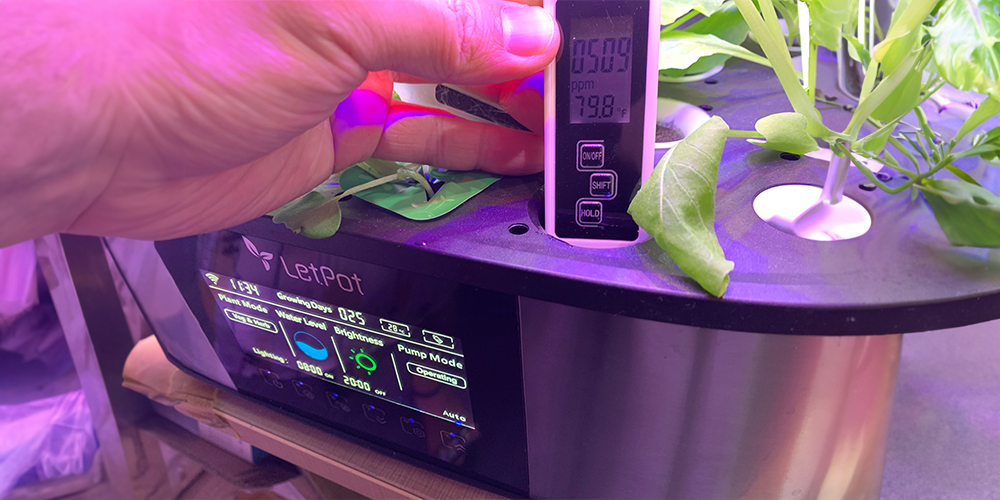
Electrical Conductivity (EC) is another critical factor in hydroponic blueberry growth.EC values reflect the concentration of dissolved solids in the nutrient solution and are critical for healthy blueberry growth. Blueberries grow best in environments with EC values of approximately 1.5 to 2.5 mS/cm. too high an EC may lead to nutrient salt build-up, which can affect growth and fruit quality, while too low an EC may lead to nutrient deficiencies. Regularly check and adjust the EC value of the nutrient solution to ensure that blueberries can grow under optimal conditions.
Daily management and maintenance of blueberries
Pruning Blueberries
Regular pruning is essential to maintain the health and productivity of blueberry plants. Pruning old branches stimulates the growth of new branches, which in turn increases fruit production. Cut back any diseased, weak, or overcrowded branches in early spring each year when the plants end their dormancy period. Also, cut back any old branches that have been fruiting for three or more years to encourage the growth of younger branches.
Spacing blueberries
In a hydroponic system, proper plant spacing helps ensure that each blueberry plant receives adequate light and air circulation. The usually recommended spacing is 30 to 60 centimeters per plant. This helps to prevent the spread of disease and ensures that each blueberry plant receives adequate nutrient uptake.
Pest Control for Blueberries
While blueberries are at low risk of pests in hydroponic systems, there are still some common pests to be wary of. For example, aphids may collect on young leaves and shoots, leading to leaf curling and poor growth. Spider mites, on the other hand, may form tiny spider webs on the lower surfaces of leaves and suck up plant juices, causing leaves to turn yellow and wilt.
Observation and identification: Regularly inspect the leaves, stems, and fruit of blueberry plants, especially the undersides of the leaves, for signs of infestation.
Physical: Use a water spray or soft brush to gently remove pests from leaves.
Organic insecticides: For light infestations, spray with a soapy water solution or emulsion of cooking oil. For severe infestations, consider using natural organic insecticides such as products containing imidacloprid.
Disease Control for Blueberries
Although hydroponic growing reduces the risk of soil-borne diseases, airborne diseases can still occur. For example, grey mold may occur under humid conditions, resulting in a grey moldy layer on the fruit and leaves, while powdery mildew forms a white powdery substance on the leaves that interferes with photosynthesis.
Environmental control: Maintain suitable humidity and good air circulation to reduce the occurrence of diseases.
Timely treatment: Once infected leaves or fruits are found, cut and destroy them immediately to prevent the spread of the disease.
Biological control: Biological control products, such as natural fungicides containing copper or sulfur, can be used to prevent and control the development of the disease.
Chemical control: In severe cases, chemical fungicides may be necessary. Choose products that are friendly to people and the environment and use them strictly according to instructions.
Harvesting Blueberries
Blueberries usually ripen in the summer. Ripe blueberries are dark blue and fall off the branches with a gentle pick. When harvesting, gently twist the fruit and avoid pulling it to avoid damaging the branches. Harvesting ripe fruit promptly not only allows you to enjoy fresh, delicious blueberries but also encourages the plant to continue to bear fruit.
Frequently asked questions about hydroponic blueberries
Although hydroponic blueberry growing has many advantages, you may encounter some common problems during the process. Here we will discuss some typical problems and their solutions to help you better manage and maintain your hydroponic blueberries.
Why aren't my blueberry plants flowering or fruiting?
Reasons may include insufficient light, unsuitable temperature, or nutritional imbalance.
Solution: Increase the lighting time, adjust the temperature, and ensure the nutrient solution has the proper composition and concentration.
Why are my blueberry leaves turning yellow?
Leaf yellowing may be due to too much or too little water, nutrient deficiencies, inappropriate pH levels, or root problems.
Solution: Check the water circulation system, adjust pH and nutrient solution concentration, and check root health.
How can I control the growth height of blueberries in my hydroponic system?
Controlling growth height can be achieved by pruning and selecting the right variety.
Solution: Prune the plants regularly to control the development of side branches and select naturally shorter-growing varieties.
How long does it take to harvest hydroponic blueberries?
The time from planting to harvest depends on the variety and growing conditions and usually takes a few months to a year.
Solution: Choose early maturing varieties that provide ideal growing conditions for faster ripening.
How do I make sure my hydroponic blueberries are nutritionally balanced?
Nutritional imbalances can affect plant health and fruit quality.
Solution: Use a hydroponic nutrient solution designed for fruit trees, and dilute and replace it at the recommended rate.
Conclusion
Growing blueberries hydroponically is an innovative and efficient method that offers a novel alternative for home gardeners and commercial growers. With this method, you can grow blueberries year-round in an indoor environment without the limitations of traditional growing methods and seasons. Successful hydroponic blueberry growing relies on precise control of environmental conditions, including light, temperature, water quality, pH, and nutrition.
In addition, routine management and maintenance, such as proper pruning, pest and disease control, and timely harvesting, are critical to ensuring healthy blueberry plants and increased yields. While there may be challenges in hydroponics, with the information and advice provided in this guide, you can tackle them with greater confidence, enjoy the growing process, and look forward to harvesting delicious blueberries.
Hydroponic blueberries not only offer a sustainable and environmentally friendly growing option but also provide endless hours of fun and satisfaction for gardening enthusiasts. As hydroponics continues to grow and become more popular, more and more people can enjoy fresh, healthy hydroponic blueberries in their own homes.
Other Plant Hydroponic Growing Tips
If you are also interested in other hydroponic plants, please read related articles.
- How to grow hydroponic kale: A Beginner’s Guide
- How to Grow Lettuce Indoors Hydroponically: A Detailed Guide
- How to grow thyme hydroponically: A Comprehensive Guide
- How to grow rosemary hydroponically: A Comprehensive Guide
- How to grow cilantro hydroponically indoors: A Beginner’s Guide
- How To Grow Spinach Indoors Hydroponically: Growing Tips
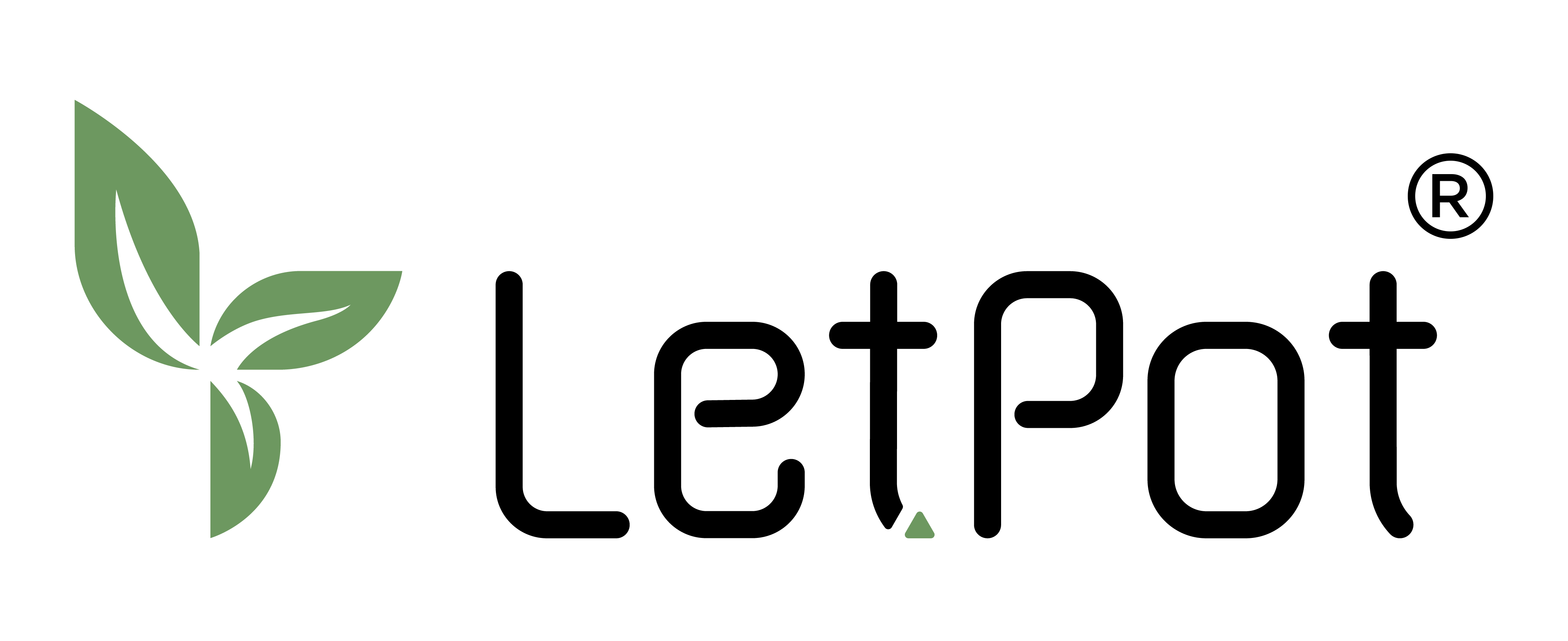

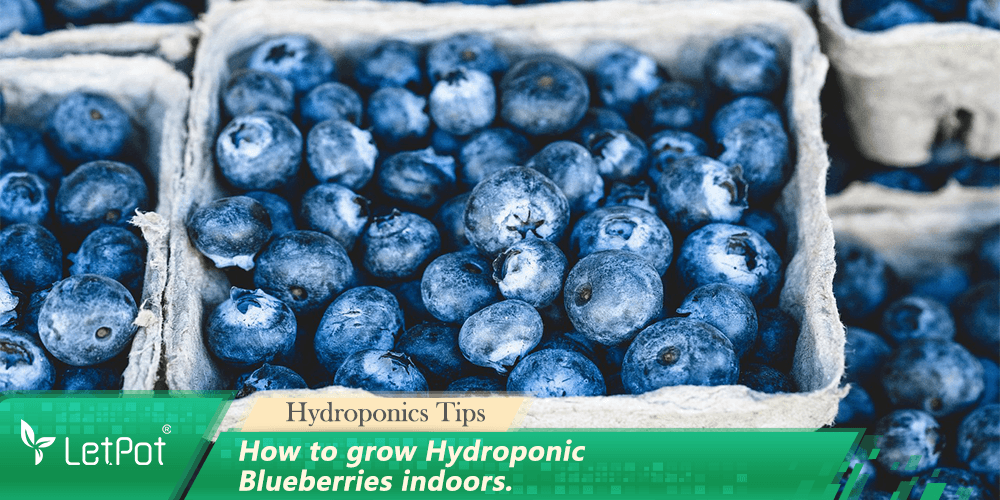

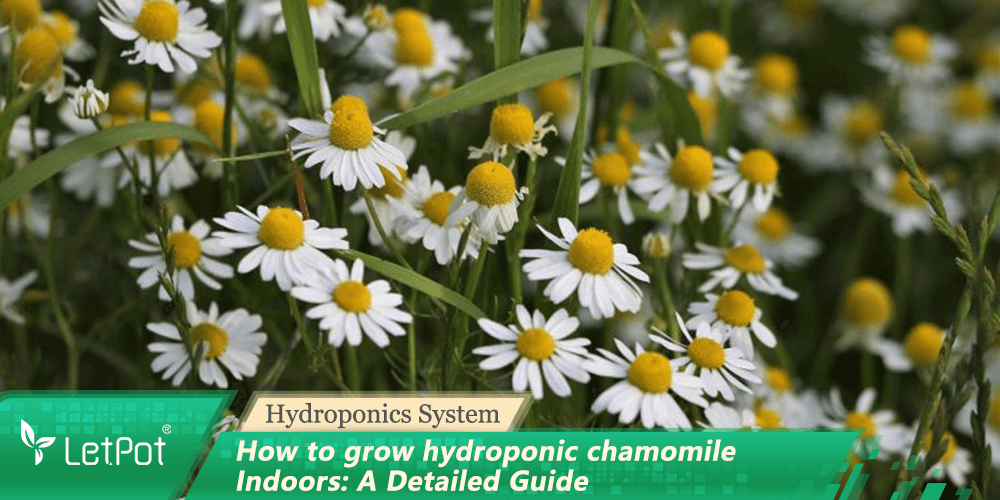
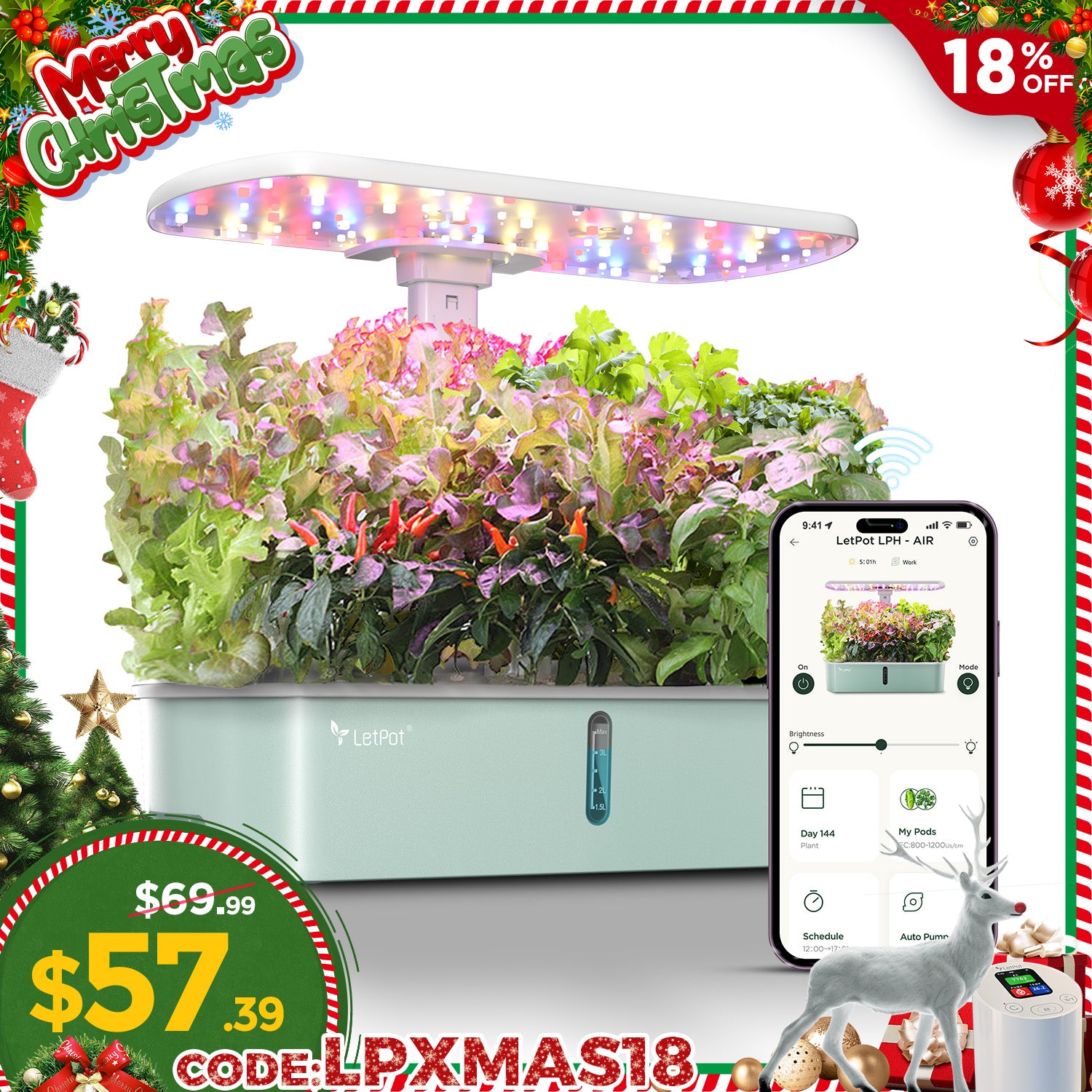

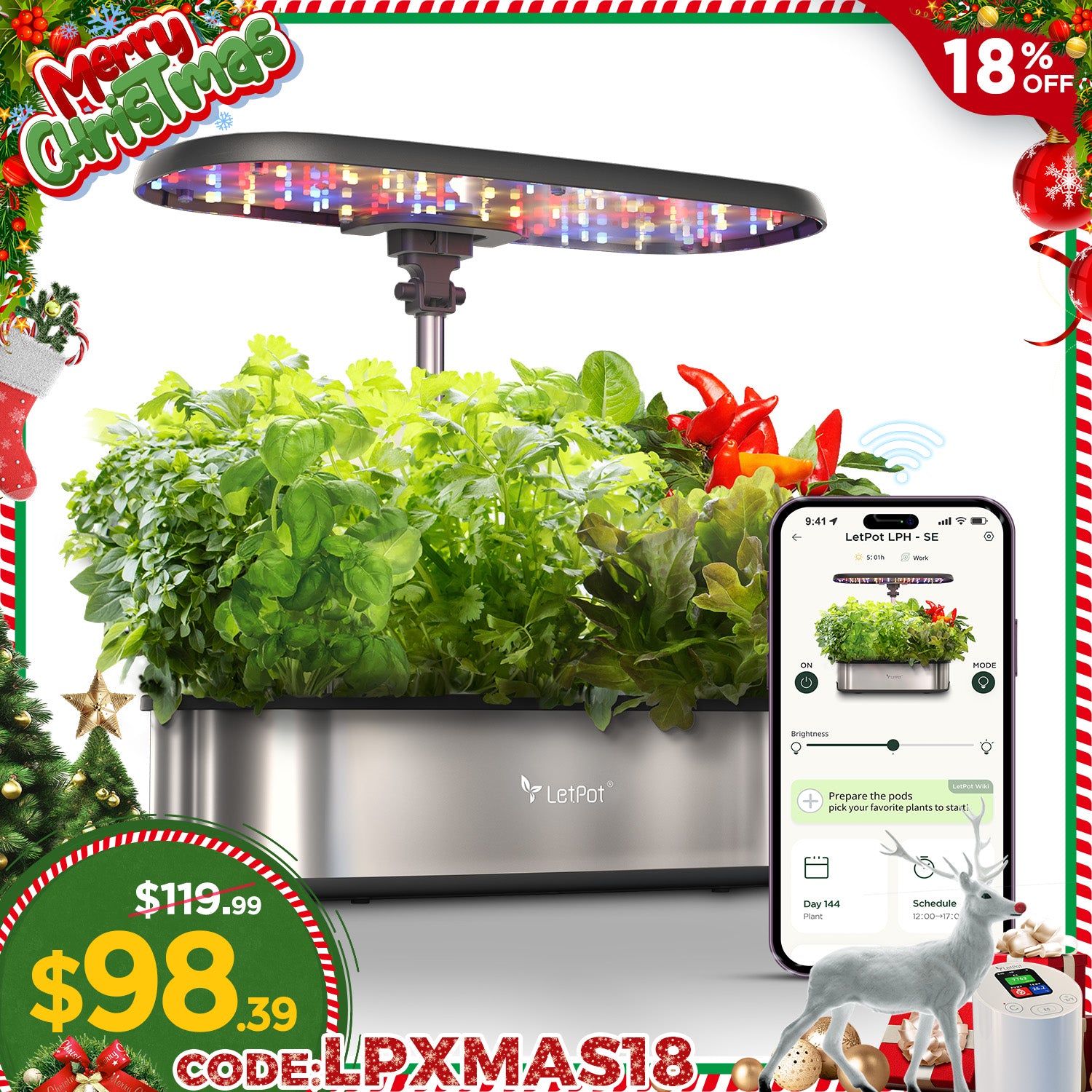
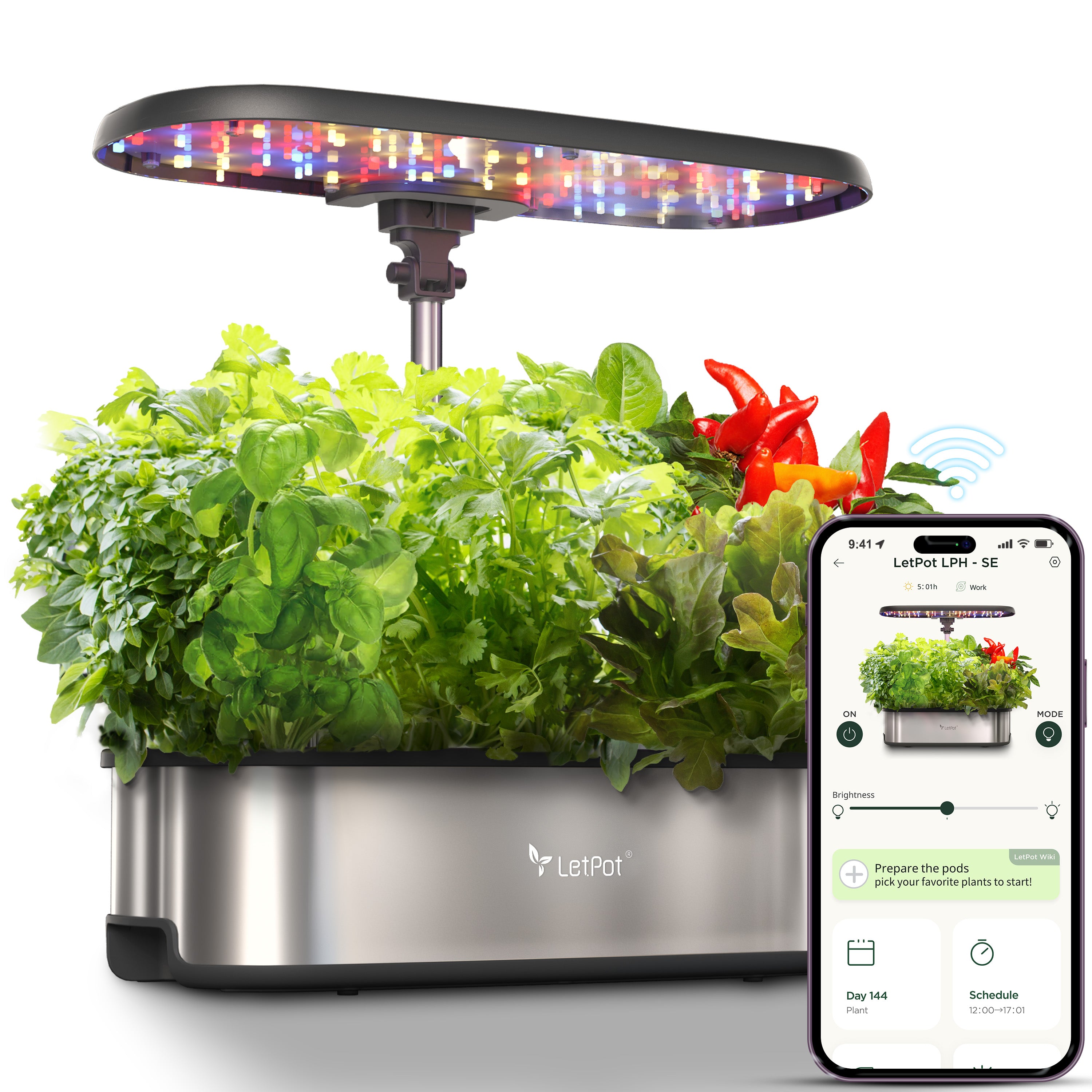

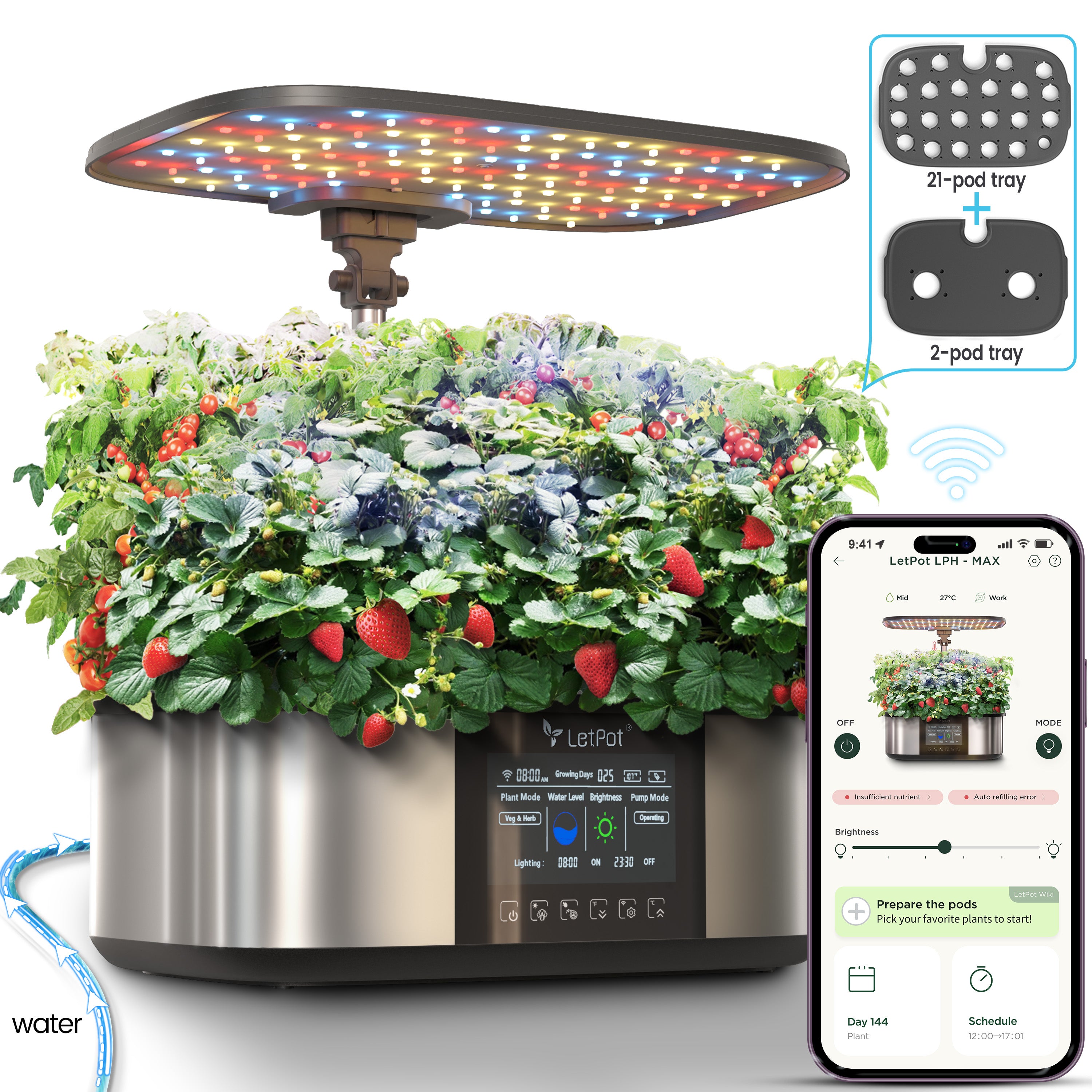
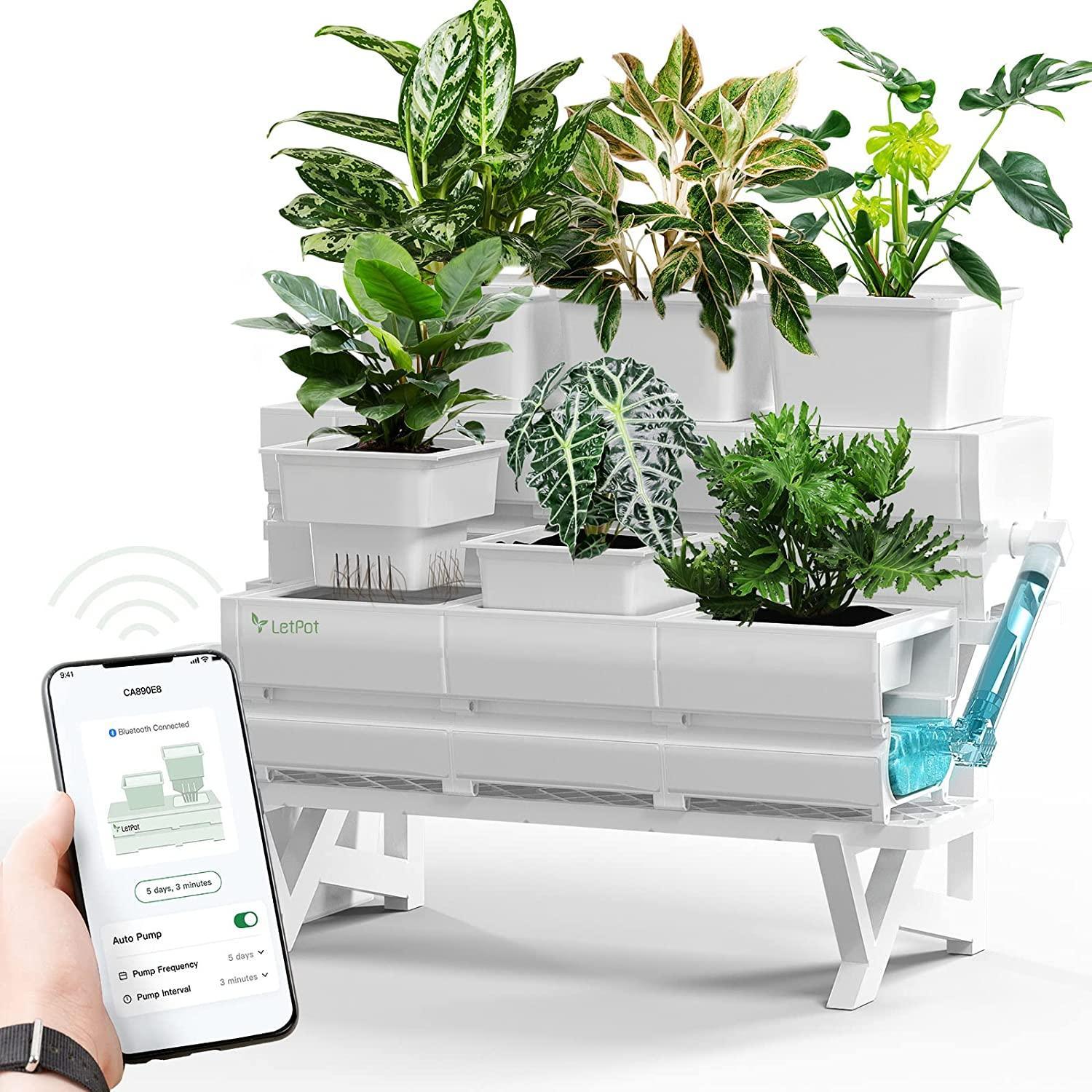
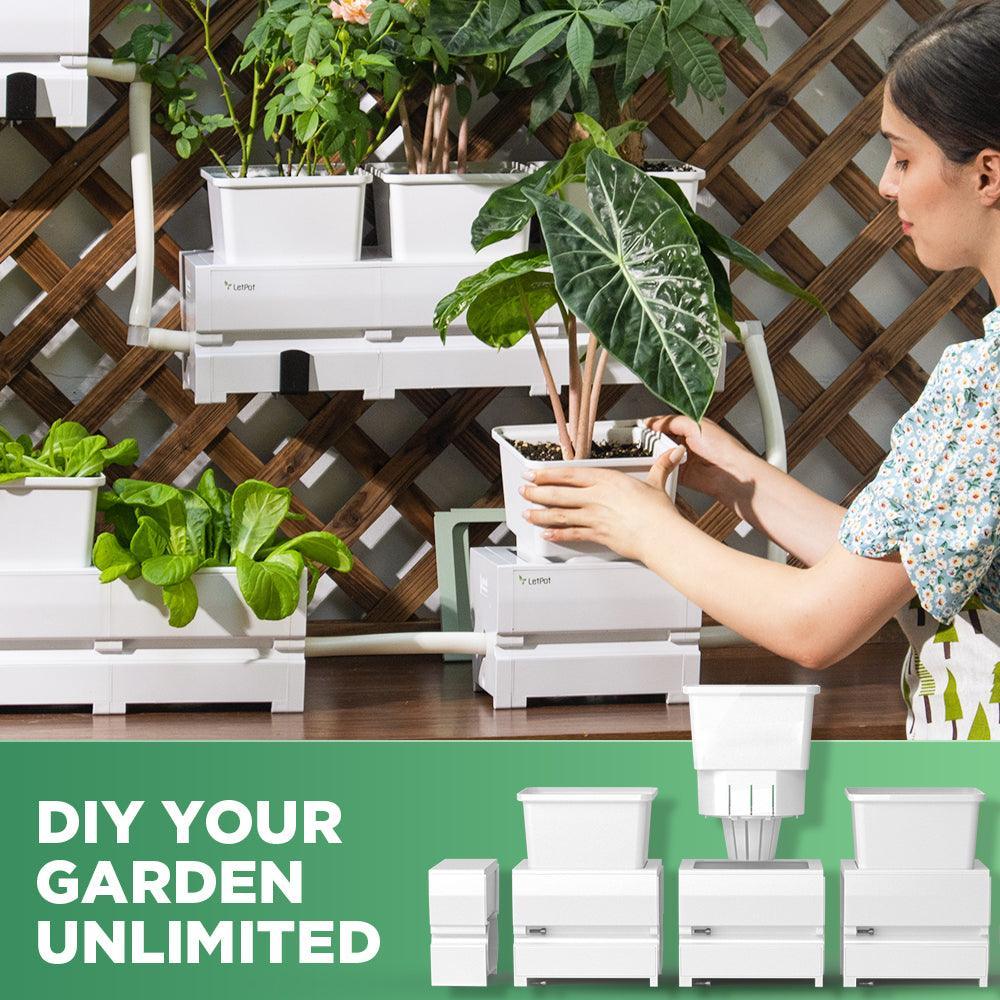
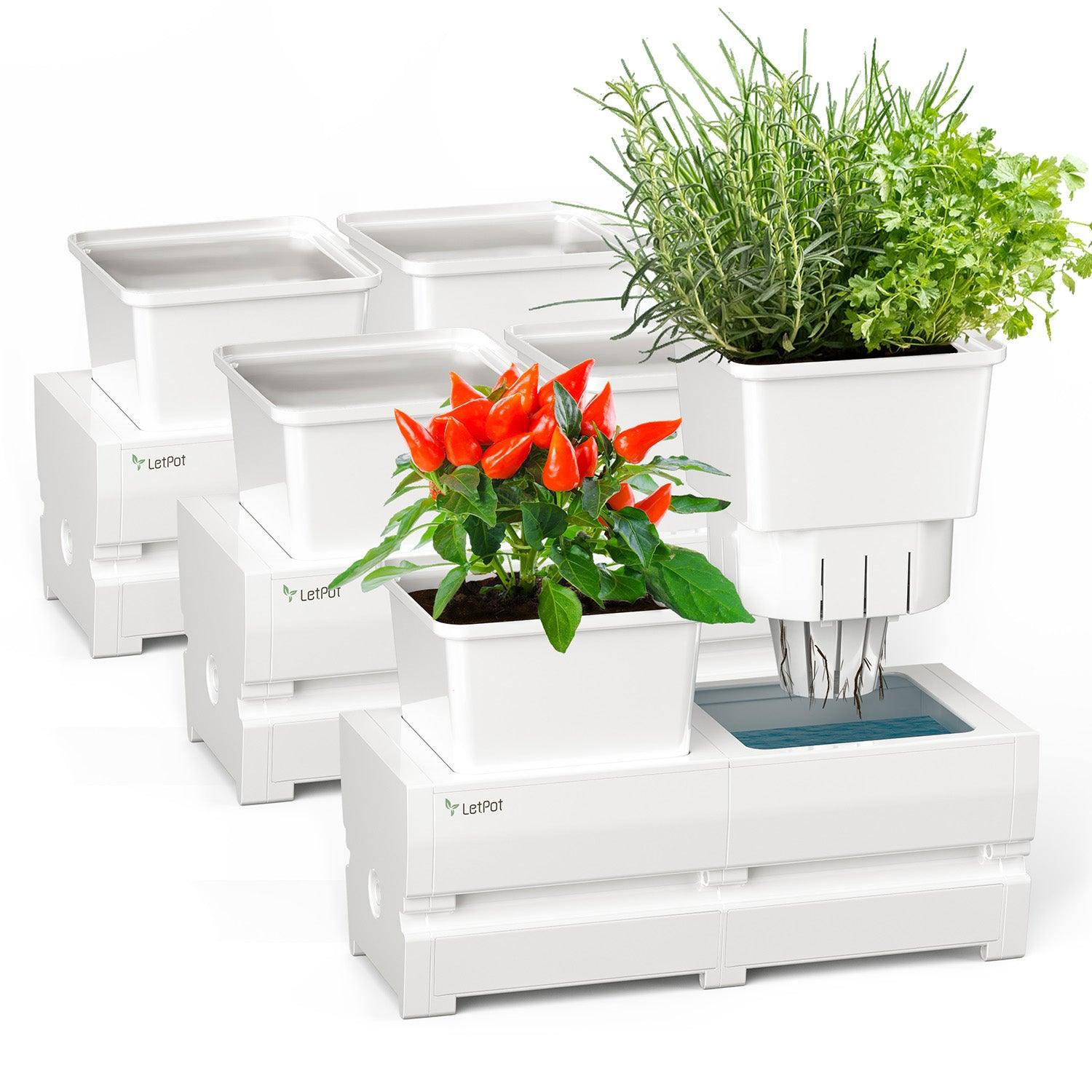
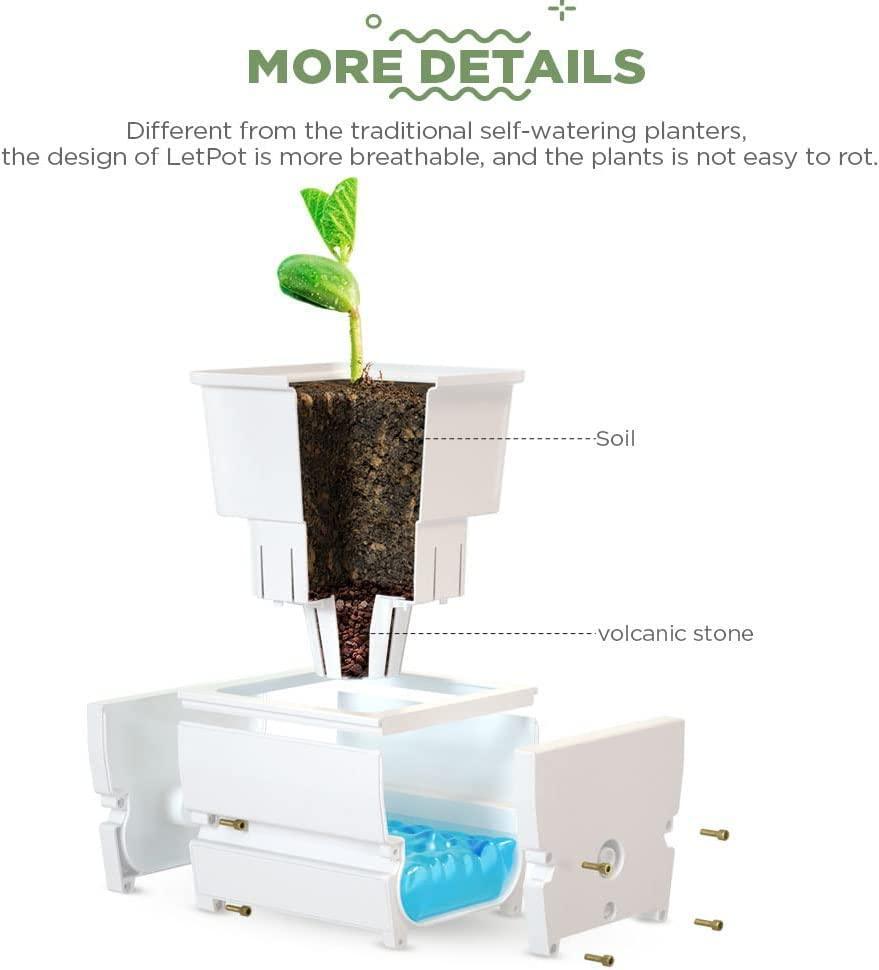

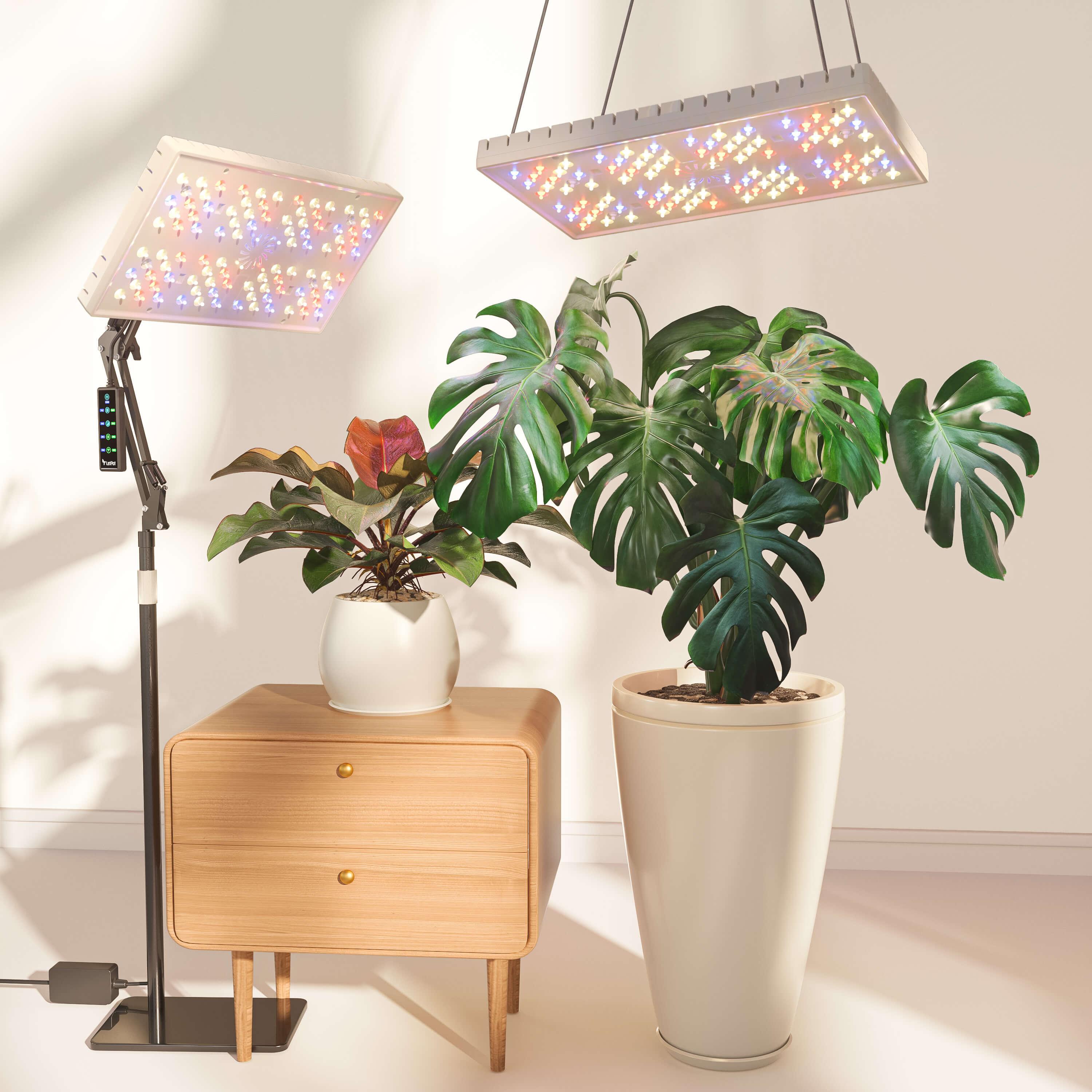


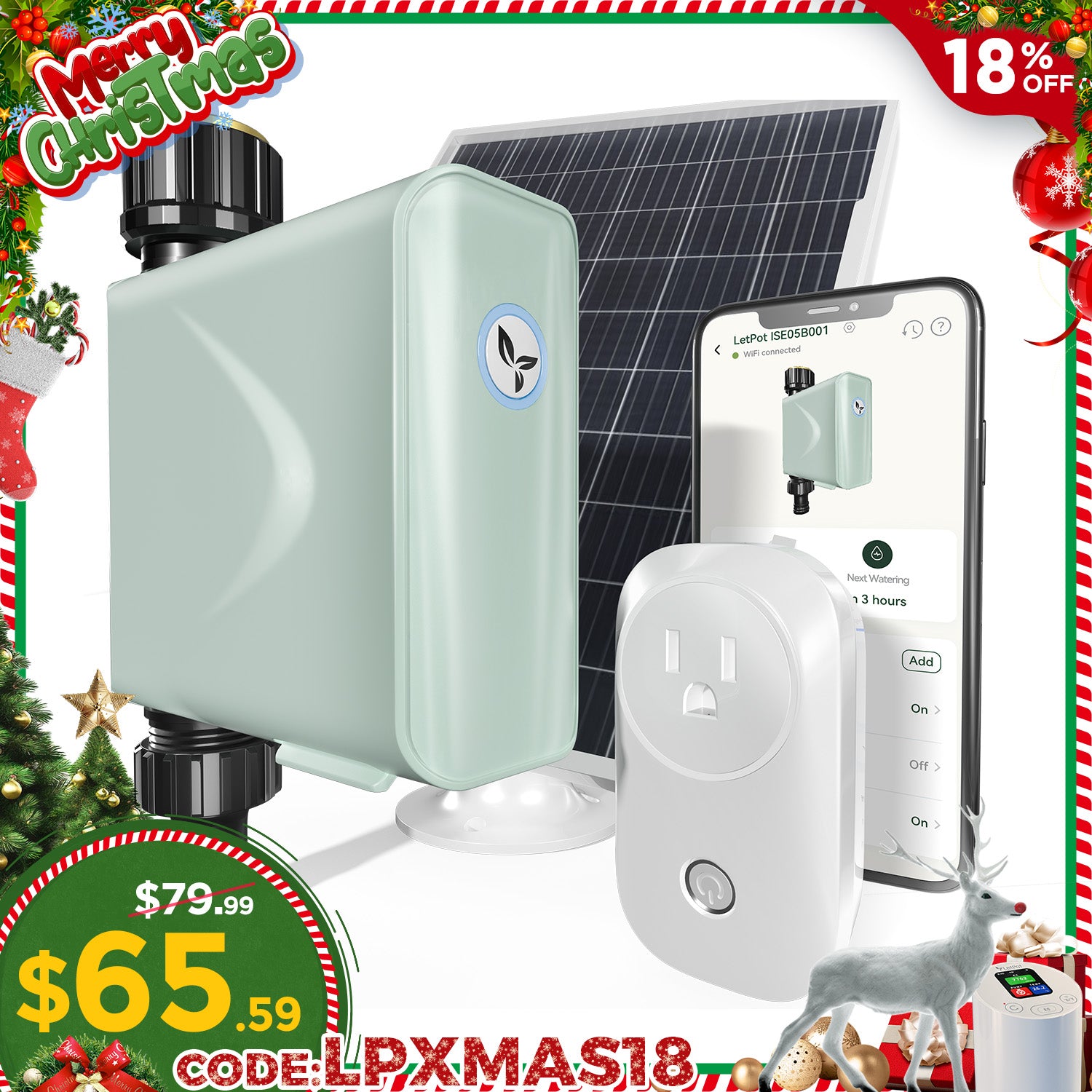
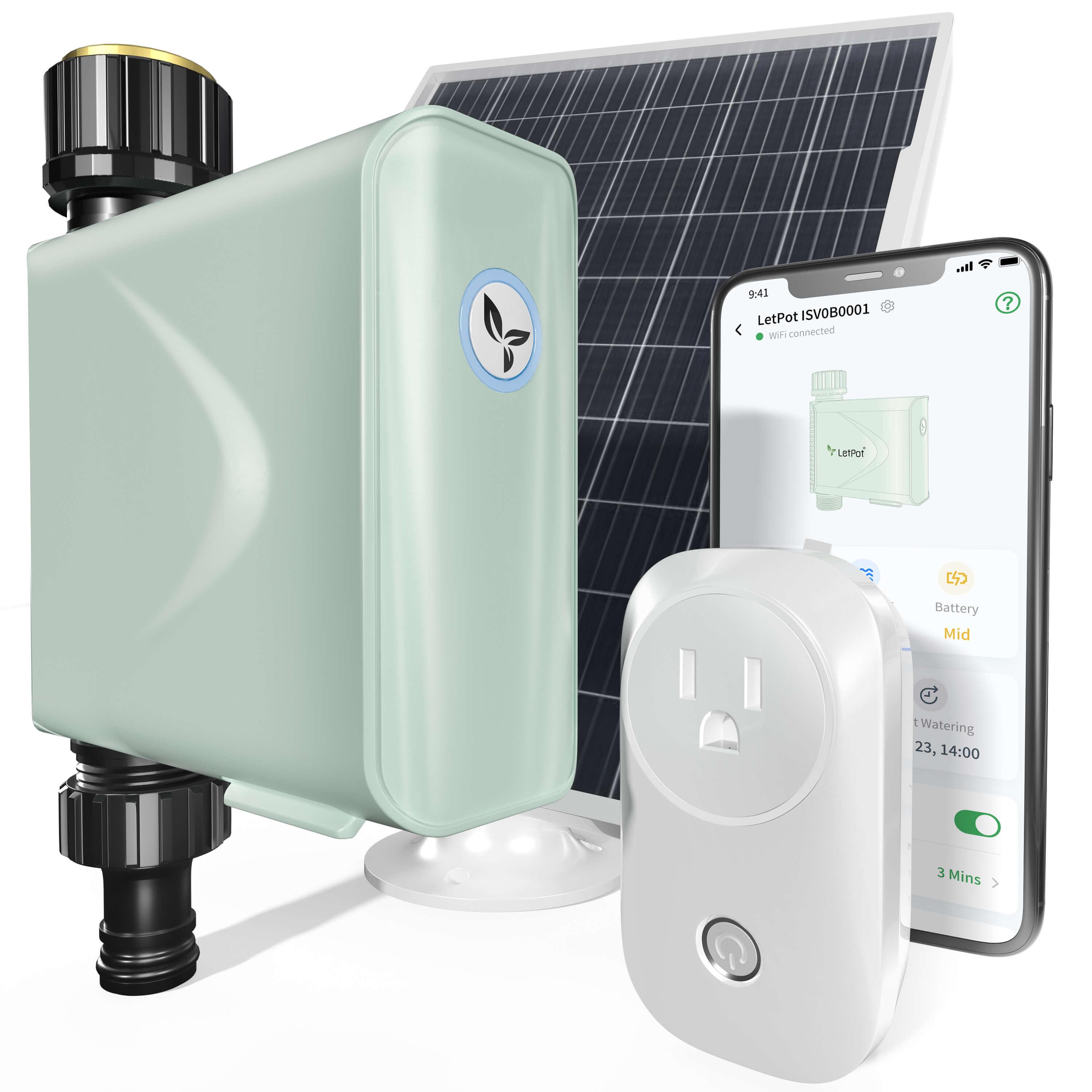

Leave a comment
All comments are moderated before being published.
This site is protected by hCaptcha and the hCaptcha Privacy Policy and Terms of Service apply.